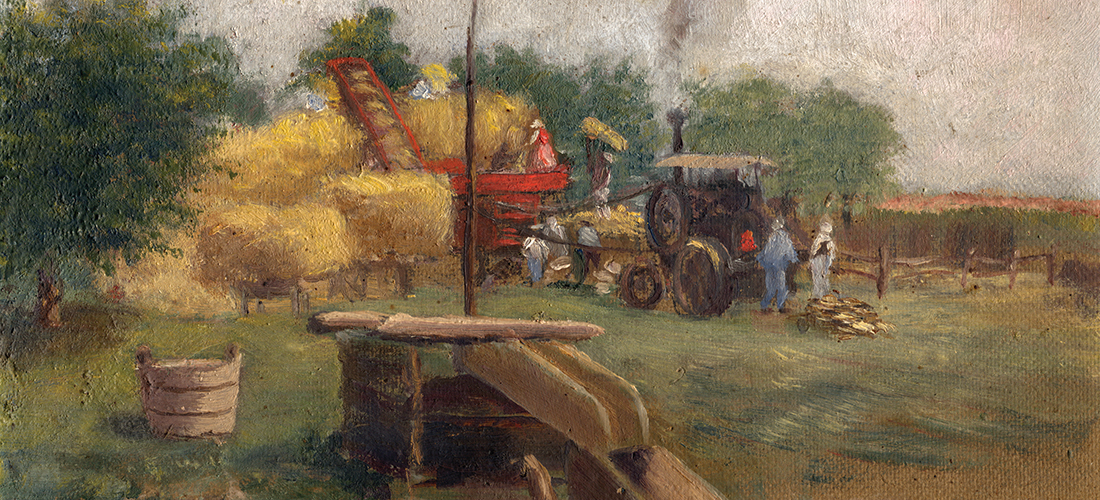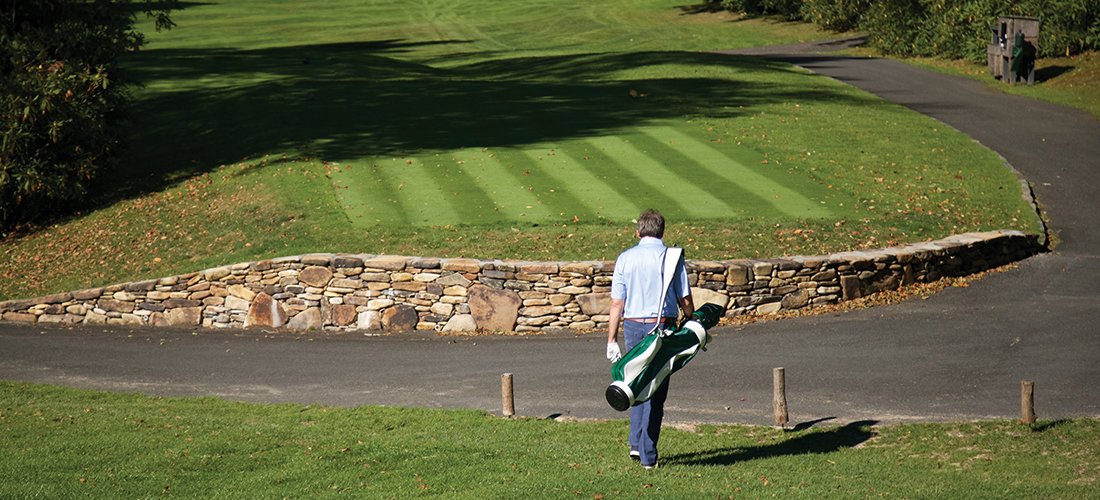Where old tales warm beside the stove
By Tom Bryant
A frosty, late season cold front pushed us out of the rockers and off the side porch of Slim’s old country store and inside to the pot-bellied stove. “Hey, Leroy, put some more coal in this thing,” Bubba said, pointing to the stove. “The folks at the Weather Channel might say that spring is on the way, but they ain’t been sitting out there in the cold.”
A group of us, mostly old-timers, were visiting our ancient rendezvous spot to catch up with one another and remember the good old days. Bubba put the reunion together and was holding forth with stories about those days long gone when we were all a lot younger and a lot more, as Bubba put it, “interesting.” He owned the store named simply Slim’s Place after Slim, the former owner, passed away and the country store sat forlorn and sad on the side of the road. Bubba said he bought the place to give ne’r-do-wells and reprobates a place to go. He hired Leroy, Slim’s cousin, to manage the business, and he showed up whenever he happened to be in the area.
Bubba and I go way back. In our younger years, we had adventures all over the country. From hunting mule deer in the Wasatch Mountains of Utah to goose hunting on the Eastern Shore of Maryland to duck hunting at Lake Mattamuskeet here in North Carolina. Our adventures were only curbed by time and homestead responsibilities. As Bubba likes to say, “Bryant, you ought to write a book.” And I did.
The old stove began to glow red with the addition of more coal, and the group pushed chairs away in unison and got comfortable.
“Coot, do you remember that time on the Falls of the Neuse when we were duck hunting the West Bank of the lake before they filled it?” Bubba had bestowed the nickname Coot on me years before and, like a bad habit, it hung on.
“We hunted that lake a bunch before they closed the dam. Which time are you thinking?”
“The time Paddle was swimming for all she was worth after a wounded duck you shot, and you were running along the bank, trying to get an angle for the coup de grâce and you stepped off in that hidden creek and floated your hat.” The group broke out in laughter.
“Yeah, I do recall that day. And to add insult to injury, the game wardens, who just happened to be hiding behind some brush out in the middle of the lake, motored up laughing, wanting to know if I was all right.”
“Well, you were fine, and you did finally shoot that duck, or Paddle would have chased it to the coast.”
“I had to empty the water out of my gun before I could shoot, and it was a lucky shot. That mallard was almost out of range.” The gang broke out in chuckles again.”
“That was some dog,” H.B. Johnson added. H.B. was a quiet type, not open to much conversation, but he always seemed to be there taking it all in. “Somebody once said, maybe Bubba, there was a time or two when you had a couple of beers after a dove shoot that Paddle would drive you home in that old Bronco of yours.”
“She was smart, H.B.,” I replied above the laughter. “But I wouldn’t let her drive. She didn’t have her license, and I didn’t want to get in trouble with the law.”
The conversation moved on to more famous stories from the past, some true, but most embellished with just a breath of what actually happened.
Shadows were lengthening across the gravel parking lot of the old place, and all too soon, the reunion of the old group broke up as, one by one, folks said their goodbyes and headed home. I was the last to leave, along with Bubba.
“Coot,” he said as we were standing on the porch, “we’ve got to get together more often. Now that you’re famous with that book coming out and all, I hardly get to see you.”
“You know that’s not right,” I replied. “You’re always off in some exotic port fishing, like down in Costa Rica, or hunting sharp tails out in Montana. Bubba, you’re hardly ever home.” He laughed, and we shook hands promising to get together again before long.
On the drive home, I thought about the old guys and their dogs and our many experiences together, good friends all, including the furry ones.
The Paddle stories brought back a memory of the day she came to live with us. Jim and I picked her up at the Raleigh Airport. She had come from a kennel in Pennsylvania and was only 9 weeks old. On the way home, she rode in my lap, yawning and dozing while Jim drove, and as we pulled into the city limits, Jim said, “We need to take her by Coleman’s so Dicky can see her.”
Dick Coleman was a good friend who died too soon. His name and stories of his adventures came up several times during our gatherings at Slim’s. In our early years, he owned a men’s specialty store that was famous across that part of the state.
When we barged in with Paddle, all work stopped. Several customers were in the process of buying, and most of them came over to look at the new puppy with Coleman leading the group. We put her down on the floor and she started darting from customer to customer.
“OK, Bryant,” Dick said. “Let’s see if this little thing knows how to retrieve. He went in the back of the store and came out with a small canvas dummy used to train young retrievers.
“I used this when I was working Honcho. See if she knows what it’s all about.” Dick’s black Lab, Honcho, was famous in our group as a dog just right for Coleman — wild and headstrong, but a great friend and hunter. The dog fit.
Dick handed me the dummy and I knelt down, holding Paddle in my arms. Everyone got behind me to be out of the way.
“Here you go, girl.” I showed her the dummy, and she was instantly alert. When I tossed it 10 or 15 feet down the aisle, she leaped from my arms, tore across the room, and did a flip as she dove on it and grabbed it in her little mouth. She paused, looked back, then regally trotted back to me. The audience, Dick’s customers, laughed and applauded.
Coleman exclaimed, “Tom, this dog was born to do this!”
As usual, when it pertained to working dogs and most anything involving hunting and fishing, he was exactly right. PS
Tom Bryant, a Southern Pines resident, is a lifelong outdoorsman and PineStraw’s Sporting Life columnist.










